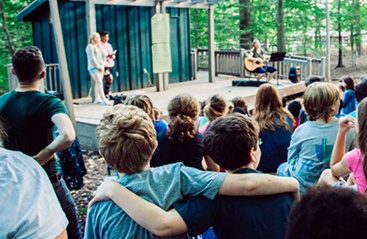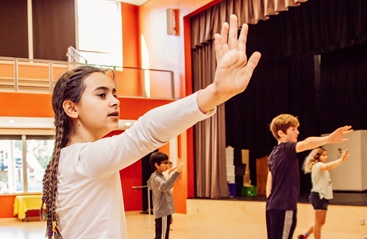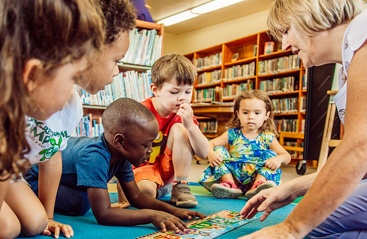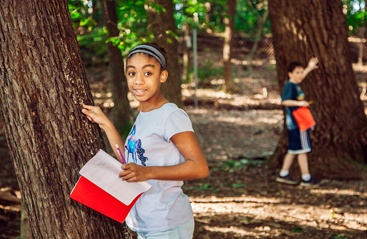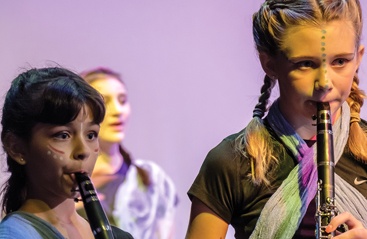On Strategies for Students and Personal Growth
I try to go to one of the National Council of Teachers of Mathematics conferences, either national or regional, every 3 or 4 years to stay abreast of current best practices, look for activities and strategies I can bring back to my classroom immediately, and browse learning products that might enhance our students’ mathematical learning and achievement. Thus, I was grateful that Burgundy was able to send me to the regional conference this year in Nashville.
When I received my program book, several workshops immediately stood out to me. On the first day, I attended workshops on using rich mathematical tasks to develop growth mindsets in students, developing tasks for gifted math students in grades 3-5, and a session on contemporary women mathematicians. The first session provided many different classroom activities, some of which we already do at Burgundy! (It’s great when an activity that you already do is presented as a best practice. I was able to bring others back to Burgundy and providing them to students as opportunities to expand their mathematical thinking. Several of them are designed to promote pattern and equation building, the fundamental goal of Algebra 1. In the second session, I was able to discuss strategies for keeping strong students engaged and challenged. This session validated my general belief that students need to experience mathematical enrichment through depth rather than acceleration. As such, many of the enrichment opportunities provided in regular classroom instruction and through extracurricular opportunities like Math Club focus on depth—arithmetic strategies from other countries, arithmetic in other number bases, and so on—rather than simply accelerating to the next thing. I attended the third session due to my personal interests, but also because my 8th grade students are completing a great mathematician project this year and I wanted to see if there were any prominent female mathematicians whom I did not include on the list of potential choices I gave to my 8th graders. Two mathematicians I learned about who will be options in the future are Ruth Gonzalez—the first U.S.-born Latina woman to receive a Ph.D. in math, and Sarah Flannery Barthelet—an Irish mathematician who made significant contributions to public key encryption.
On the second day, I had some difficult choices to make since several of the sessions in which I was interested were scheduled at the same time. Ultimately, I attended a morning session on promoting writing in grades 3 – 5 math classrooms as a way to get students to express their mathematical ideas and afternoon session on Native American mathematics, another personal interest of mine. The first session gave me several ideas to introduce to teachers through the Math Educator Course I’m offering this year and the second session gave me more activities and options to enrich students’ mathematical experiences beyond traditional algorithms and problems.
I’m grateful to Burgundy for giving me the opportunity to go to NCTM this year. I always find it a refreshing and validating experience since many of the approaches I’ve used throughout my career are considered best practices and being able to share those with other teachers in my role as Math Specialist provides better math experiences for both our students and teachers. I’m also glad that I was able to attend 2 sessions on my personal interests—diverse mathematicians and mathematics from other cultures—since it’s important that teachers show students what it means to be a life-long learner.
Inquire Now
Burgundy is a one-of-a-kind independent school for Junior Kindergarten through 8th Grade. We believe children learn best in an inclusive, creative, and nurturing environment that engages the whole child.
3700 Burgundy Road
Alexandria, VA 22303
703.960.3431
Accredited by: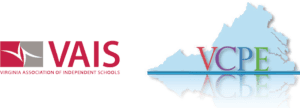
Affiliated with: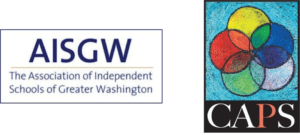
Partners with:
©2025 Burgundy Farm Country Day School
Designed and developed by The Design Channel![]()

